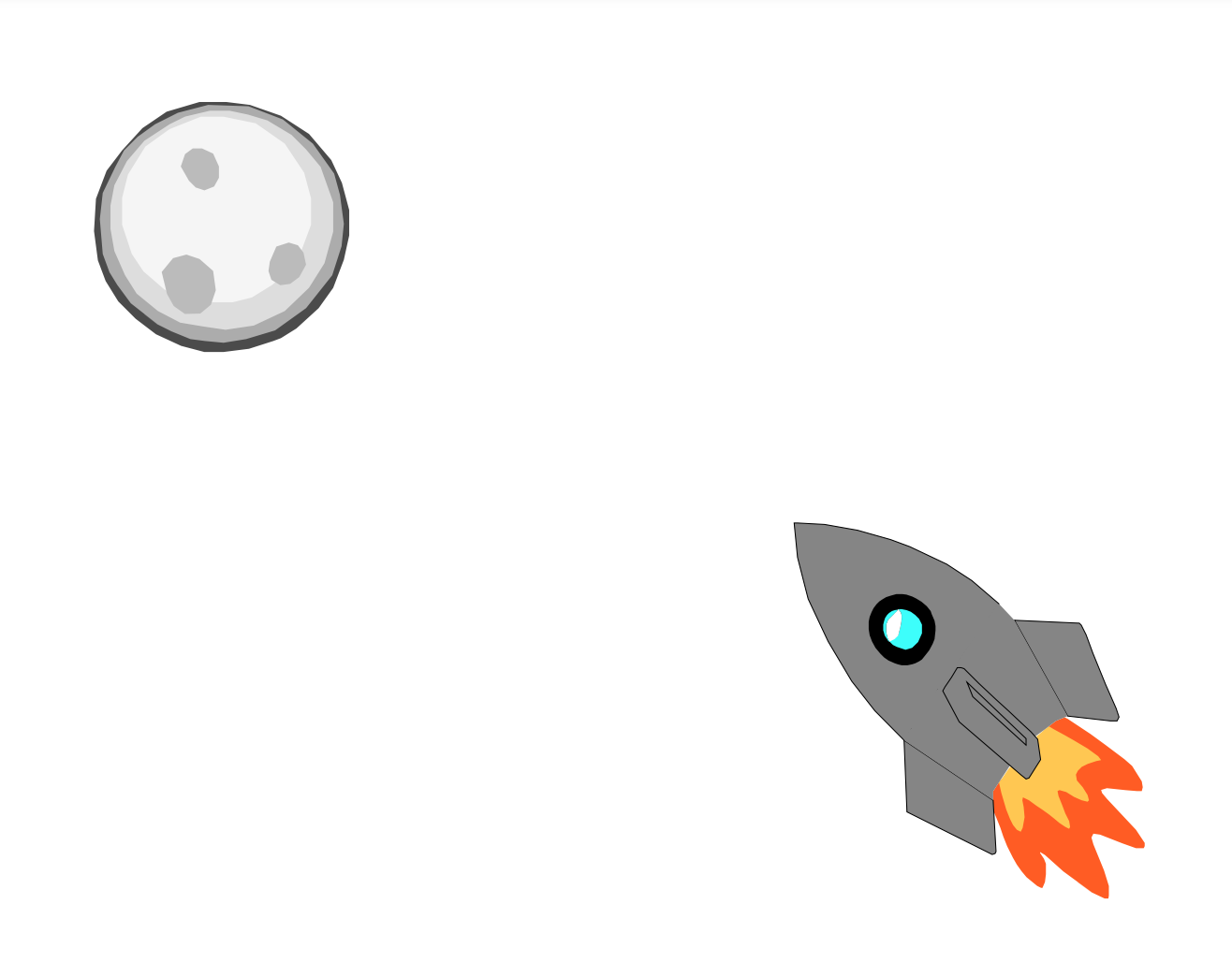Moving Towards the Moon
For the first time in over fifty years, humans will head towards our closest neighbor.
Share this story

On April 3rd, 2023, NASA announced the crew of Artemis II, which will be the first lunar mission since the dissolution of the Apollo program in 1972. The announcement kicks the expedition into full gear for its scheduled launch in November 2024.
The United States is the only nation in the world to have successfully landed humans on the lunar surface, doing so six times between 1969 and 1972. The first crewed mission, Apollo 11, was manned by Neil Armstrong and Buzz Aldrin. When the astronauts made contact, eyes were locked on television screens all over the world. The landing officially ended the “Space Race” between the United States and the Soviet Union, a period of significant technological advancement in the area of space travel. The U.S. went on to complete five more landings over the course of three years, with the last being Apollo 17 over fifty years ago. Instead of landing on the moon, Artemis II will execute a fly-by and observe the lunar surface for future NASA endeavors.
The crew of Artemis II consists of four highly-qualified astronauts and will include both the first person of color and the first woman to leave low-earth orbit. Commander Reid Wiseman will lead the ten-day expedition. A native of Baltimore, Maryland, Wiseman served as a Flight Engineer aboard the International Space Station (ISS) from May to November of 2014. He completed over thirteen hours as lead spacewalker. Spacewalkers are astronauts who complete tasks outside of the ISS. Prior to becoming an astronaut, Wiseman served in the U.S. Navy as an aviator and was deployed three times: twice to the Middle East and once to South America. After completing astronaut training in 2011, he engaged in several endeavors for NASA, culminating in his selection to be Chief of the Astronaut Office from December 2020 until November 2022.
Pilot Victor Glover of Pomona, California will guide the crew on their expedition to the moon. Before becoming an astronaut, Glover served as a Legislative Fellow in the United States Senate and completed three tours in the Pacific with the U.S. Navy. After completing astronaut training, he piloted the Crew-1 SpaceX Crew Dragon to the ISS and spent 168 days doing research aboard the station. During his time in space, he has led four spacewalks. Glover will be the first person of color to leave low-earth orbit.
Mission Specialist Christina Hammock Koch of Grand Rapids, Michigan will focus on the technical components of the mission. Koch was selected for astronaut training in 2013 and graduated in 2015. She has spent 328 days aboard the ISS, which is a record for women. Prior to becoming an astronaut, Koch completed research at the NASA Goddard Space Flight Center and worked with the United States Antarctic Program. During her time in space, she completed over forty hours worth of spacewalks. She will be the first woman to leave low-earth orbit.
Mission Specialist Jeremy Hansen of London, Ontario, Canada will complete similar duties to Christina Hammock Koch. At the age of twelve, Hansen joined the 614 Royal Canadian Air Cadet Squadron, thus beginning his career in aviation. At sixteen, he received his glider pilot wings and by seventeen, he was licensed as a private pilot. After graduating from the Royal Military College, Hansen served in the Canadian military until 2009 when he was accepted into the astronaut program. He completed training in 2011 and in 2019 became the first Canadian to train NASA cadets. He will be the first Canadian and the first non-American to travel to the moon.
The Artemis II is set to launch in November 2024. Since preliminary reviews in 2011, the launch date has been changed several times, but NASA is confident in a launch between late 2024 and early 2025. The crew will spend ten days in space, but in case of emergency, Artemis II will be equipped to function for twenty-one days. The spacecraft will spend four days shooting toward the moon, fly by just 4,000 nautical miles from the lunar surface, and spend four days flying back to Earth. If all goes well, NASA plans to launch Artemis III in late 2025, which will land at the lunar south pole. All of this goes into NASA’s long-term goal to establish a permanent human colony on the moon by the end of the decade.
One of the most pressing questions surrounding the Artemis program is perhaps the most simple: why? Humans have already been to the moon several times, and we now possess technology that can send us much further than our closest neighbor. Why should copious amounts of taxpayer money be used to send us where we’ve already been? Students weighed in on if humans should return to the moon. “Yes,” said junior Ethan Mitchell. “In the future, I think that we need to expand to the moon before we’re able to go and do cool stuff on Mars and other planets.” Sophomore Colin Gach shared a similar opinion. “It would be so fun to jump around,” said Gach. But not all students find the Artemis program to be necessary. “I don’t think returning to the moon should be high on NASA’s priority list,” said senior Jackson Minton. “We’re not going to learn much more by going back. They should focus instead on exploring the unknown, rather than the well-known.” With Mars and the rest of the solar system beckoning, the moon may seem like old news; however, humans have not traveled beyond low-earth orbit in over fifty years. Establishing permanent residence on the moon is likely the first chapter of a much longer and more complicated series of missions. Over a year remains until Reid Wiseman, Victor Glover, Christina Hammock Koch, and Jeremy Hansen launch toward our closest neighbor, and millions of people worldwide will be counting down the days.

